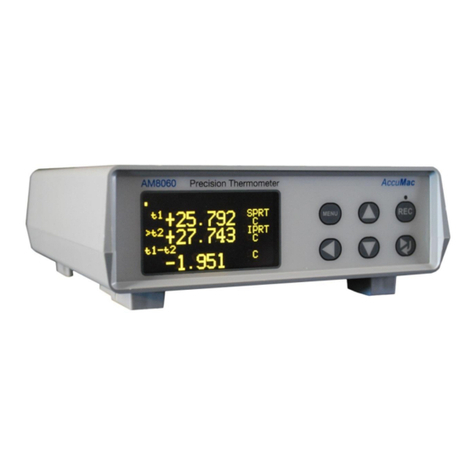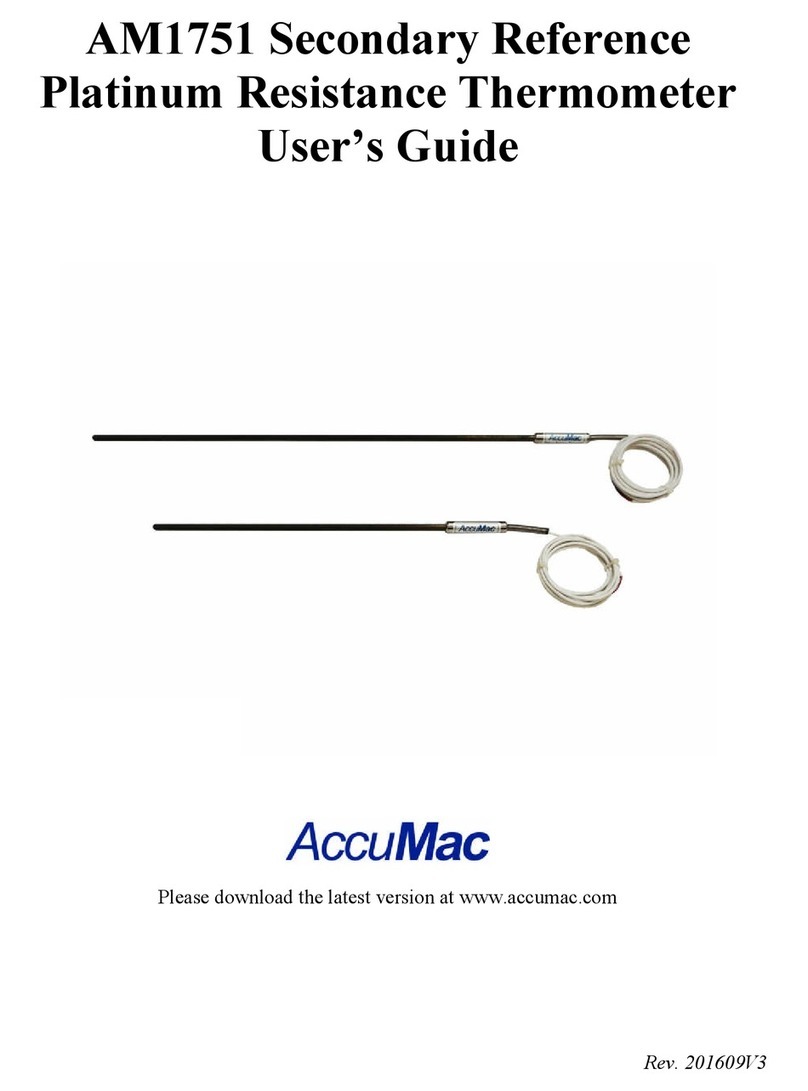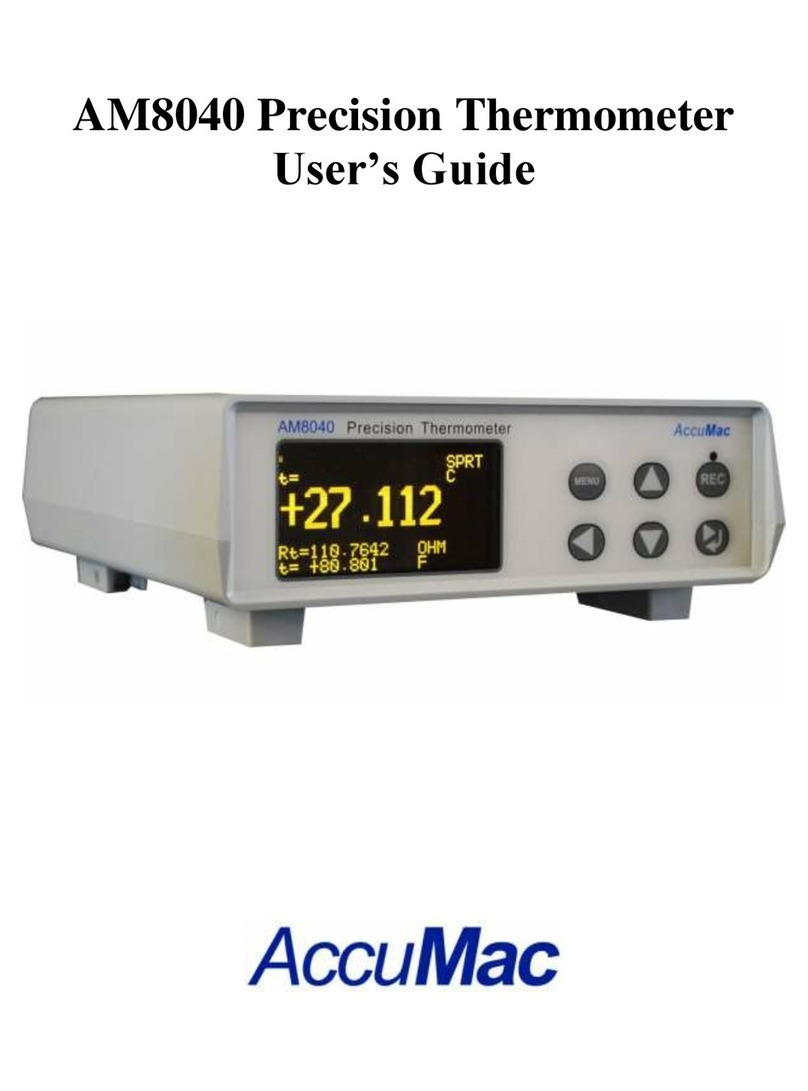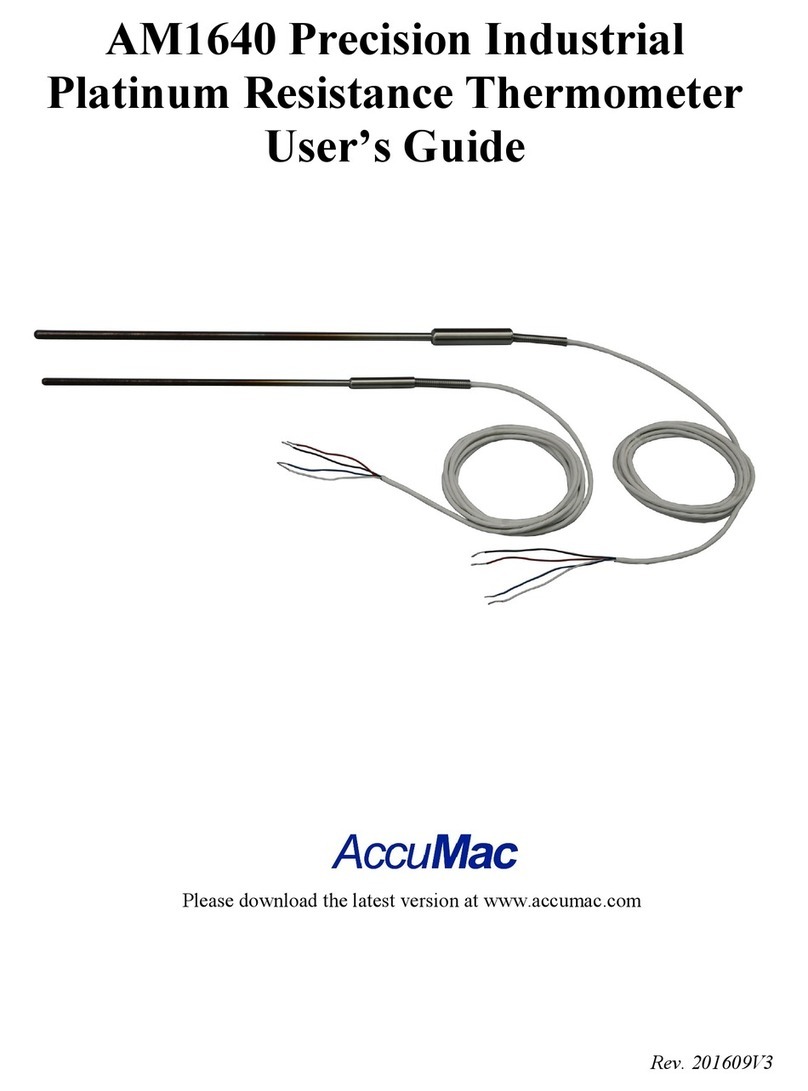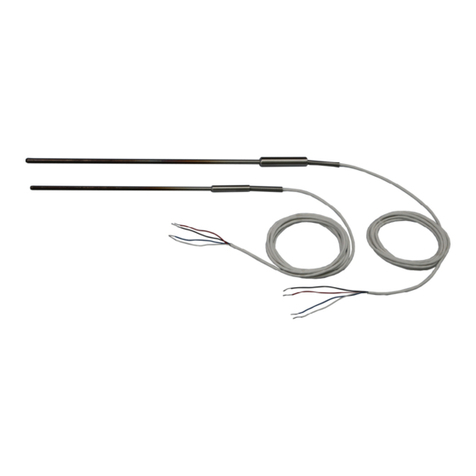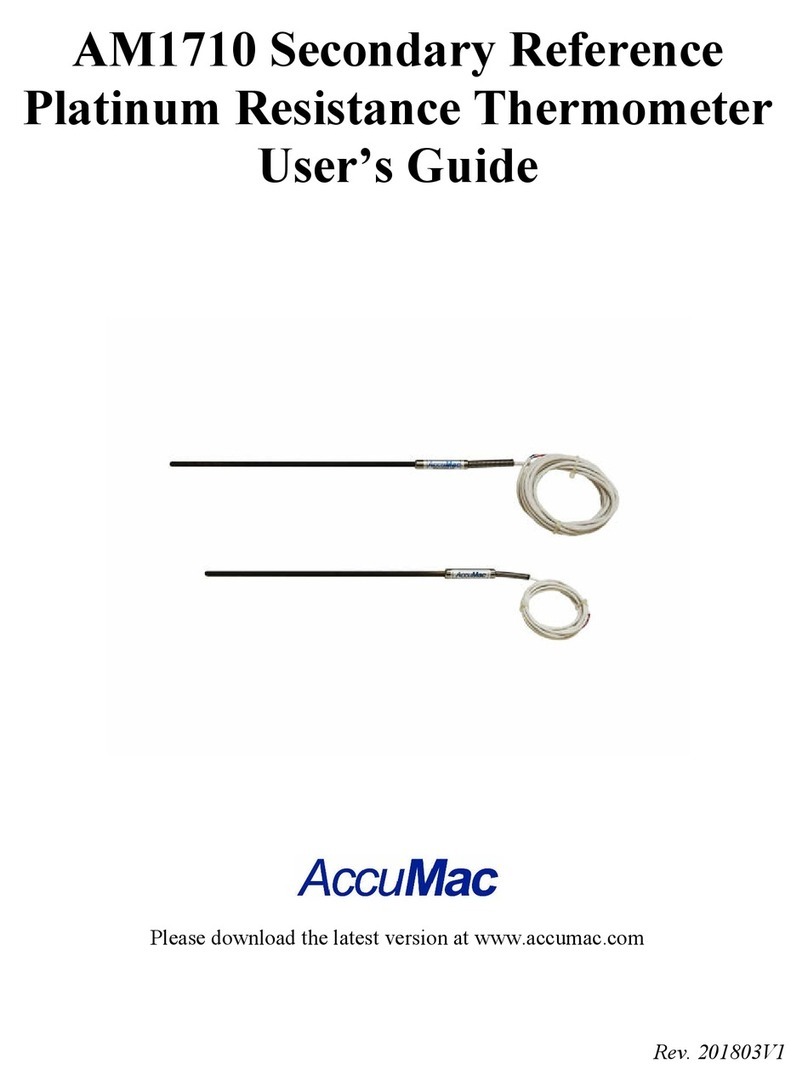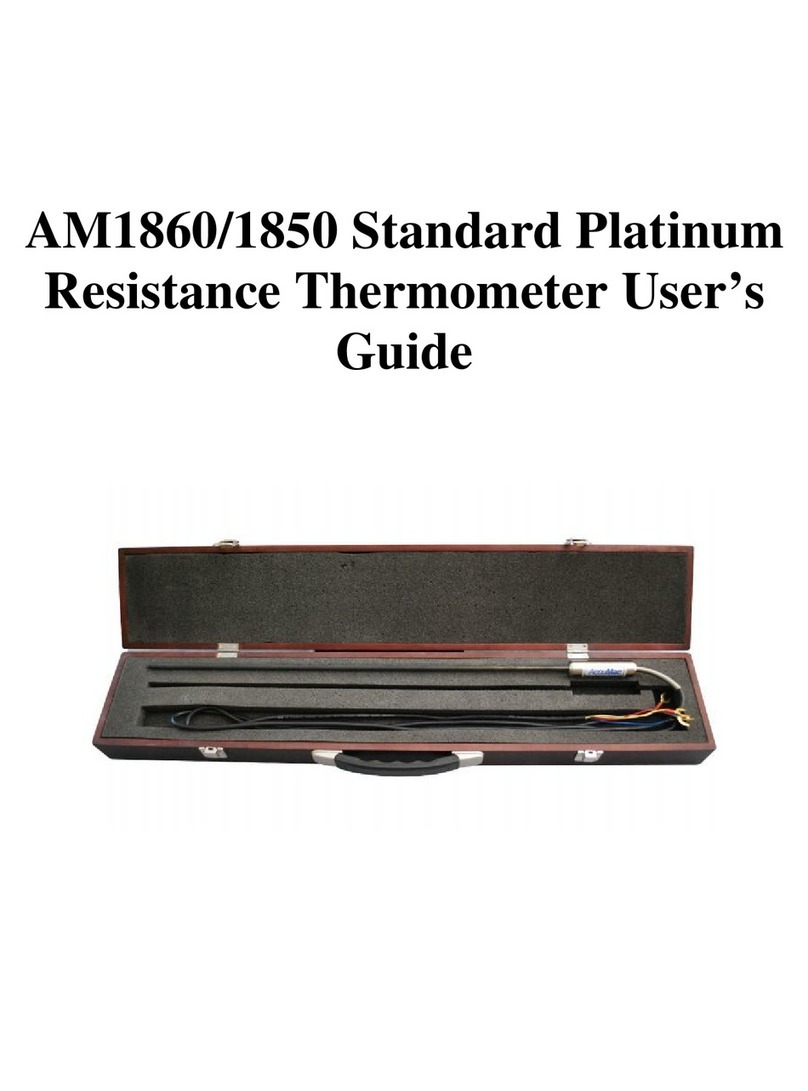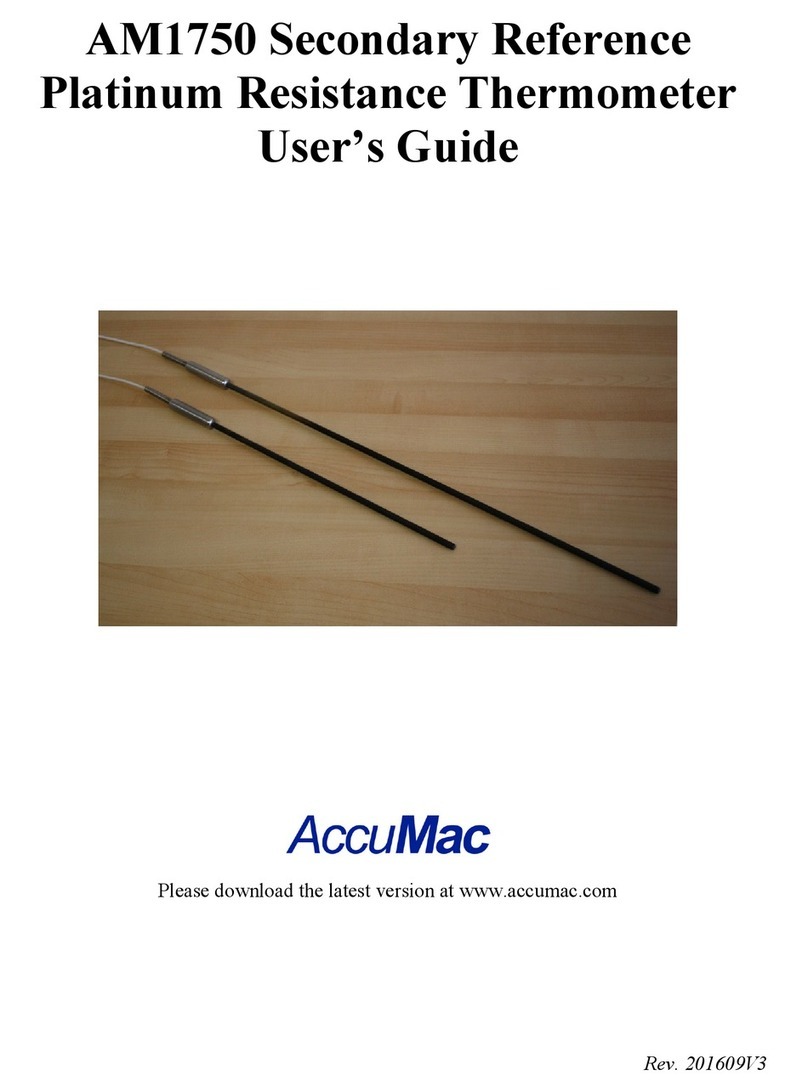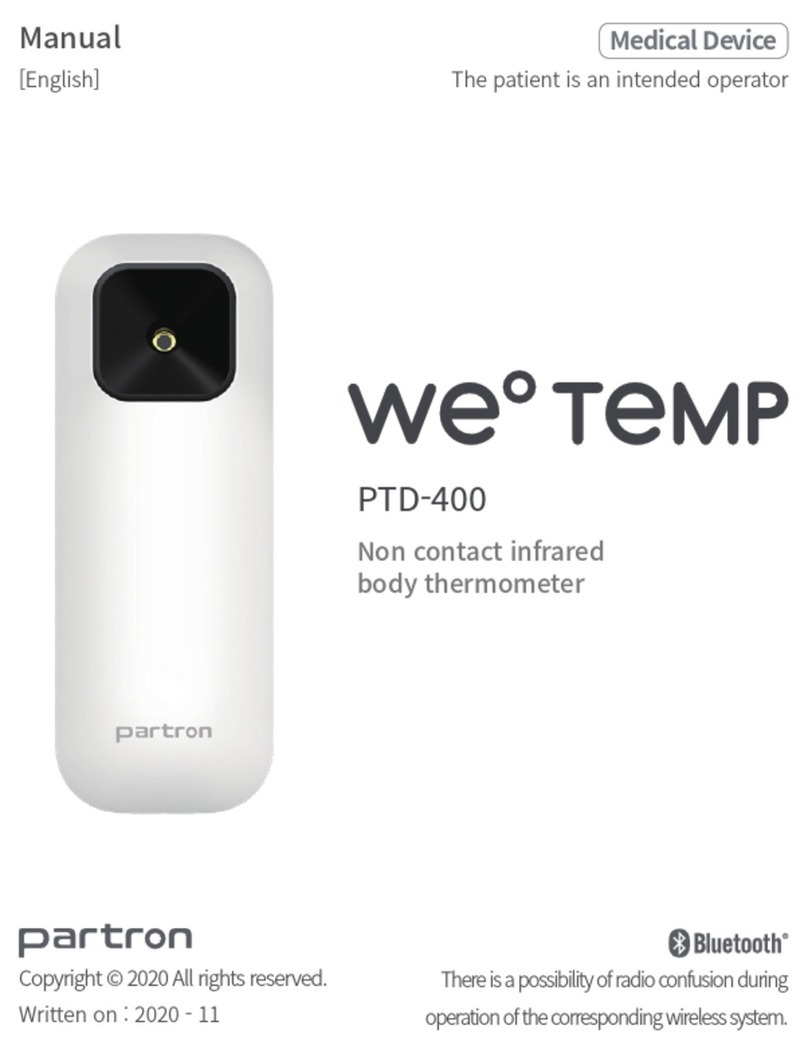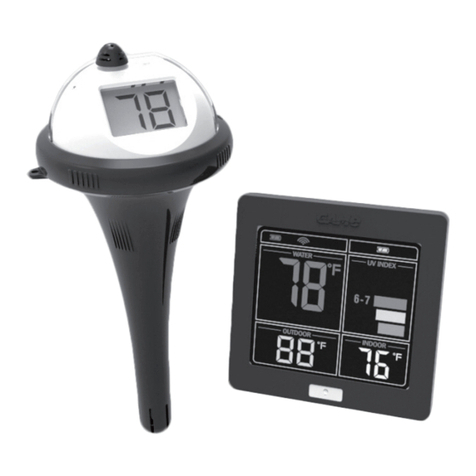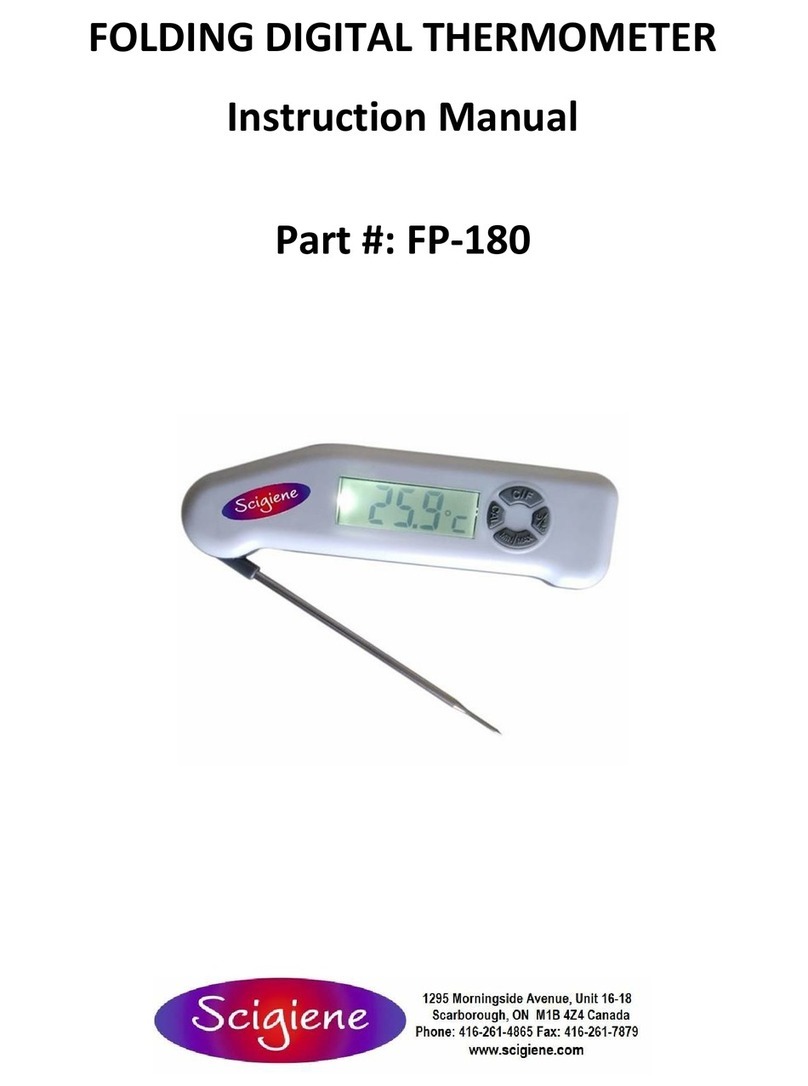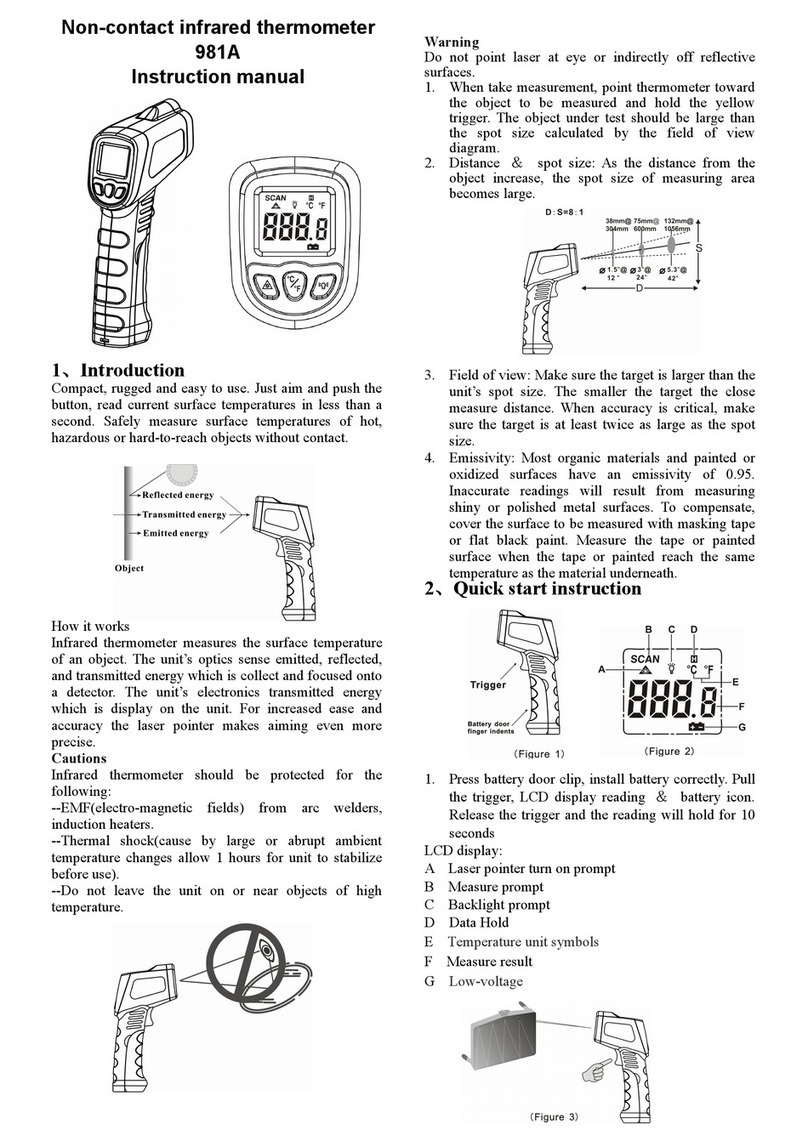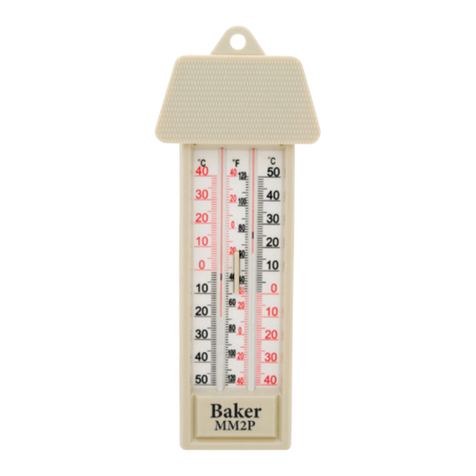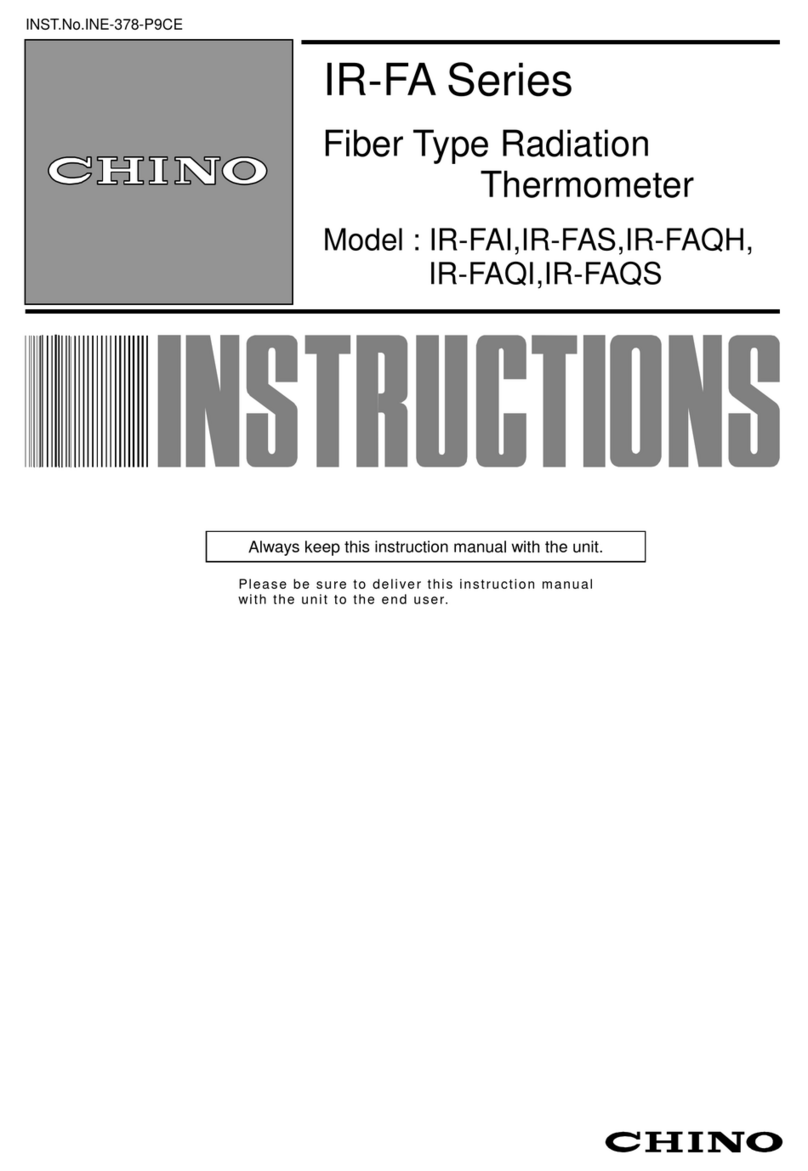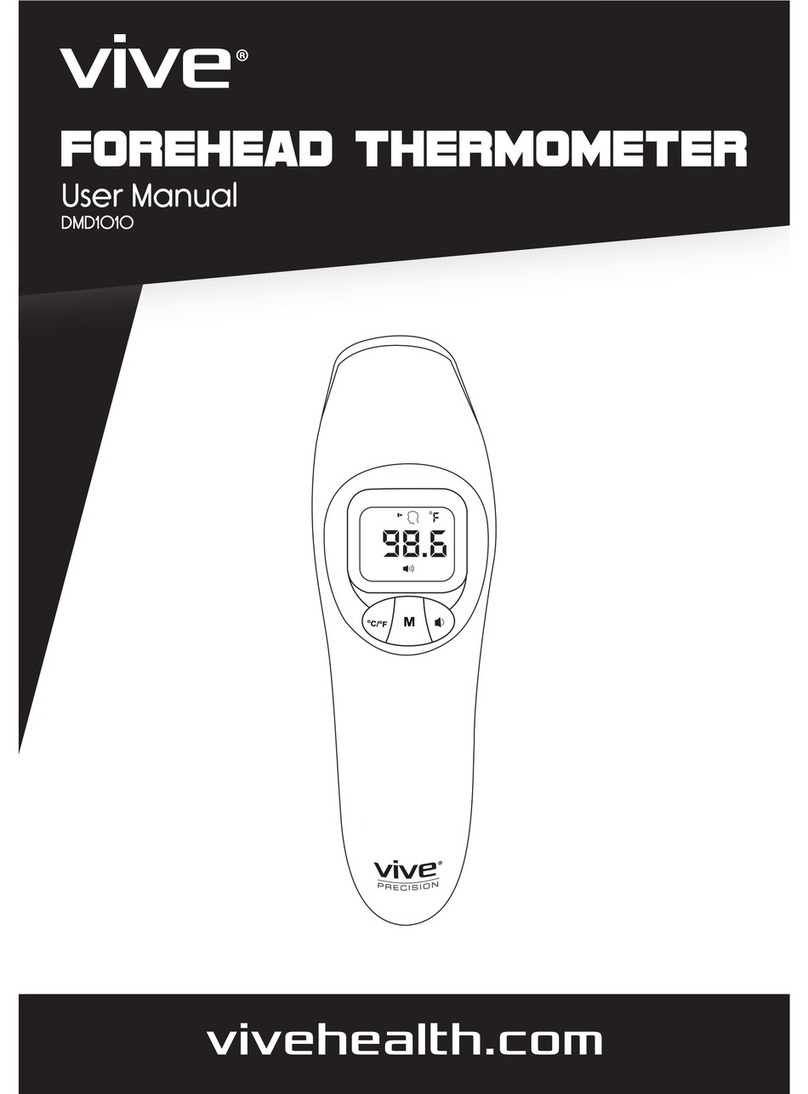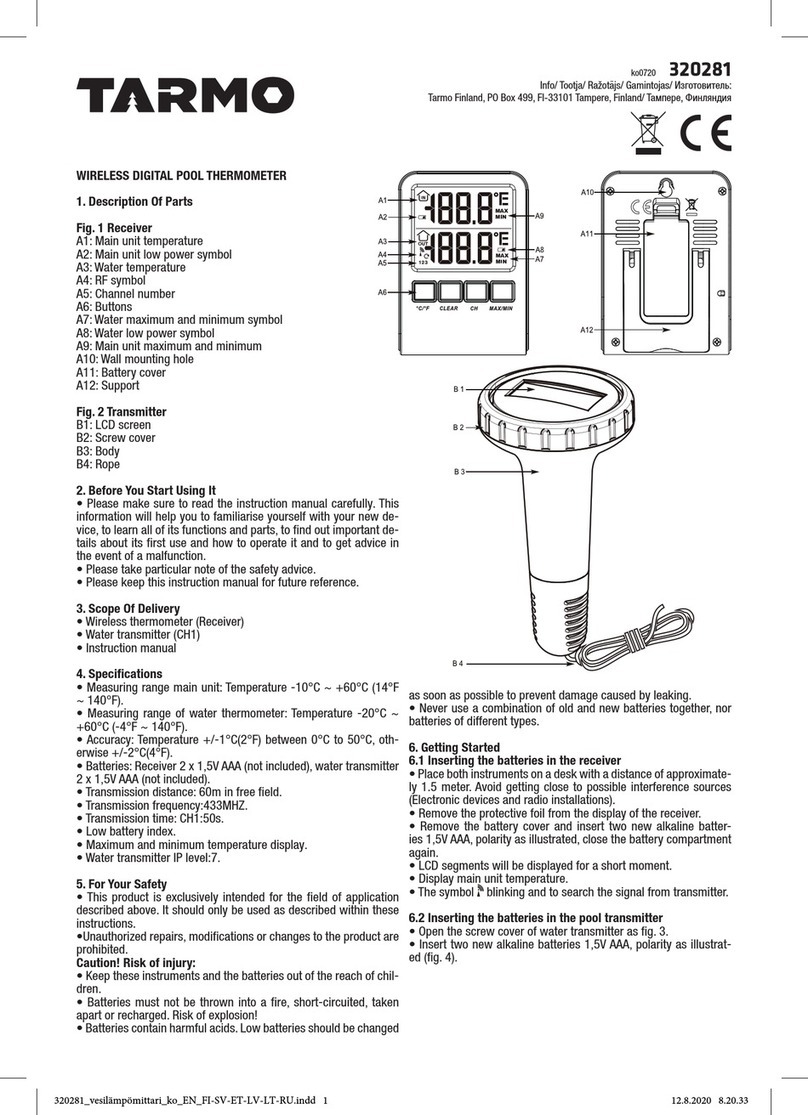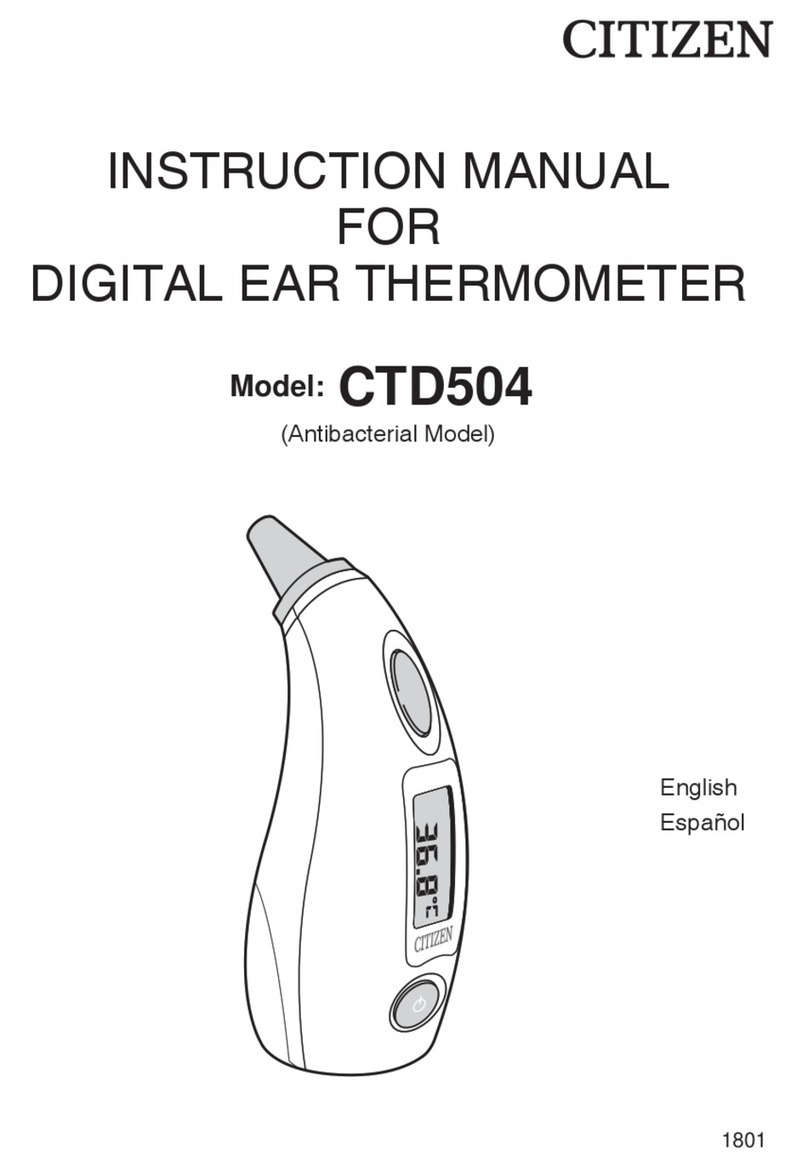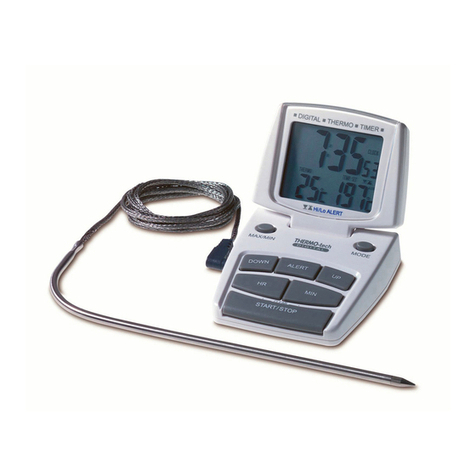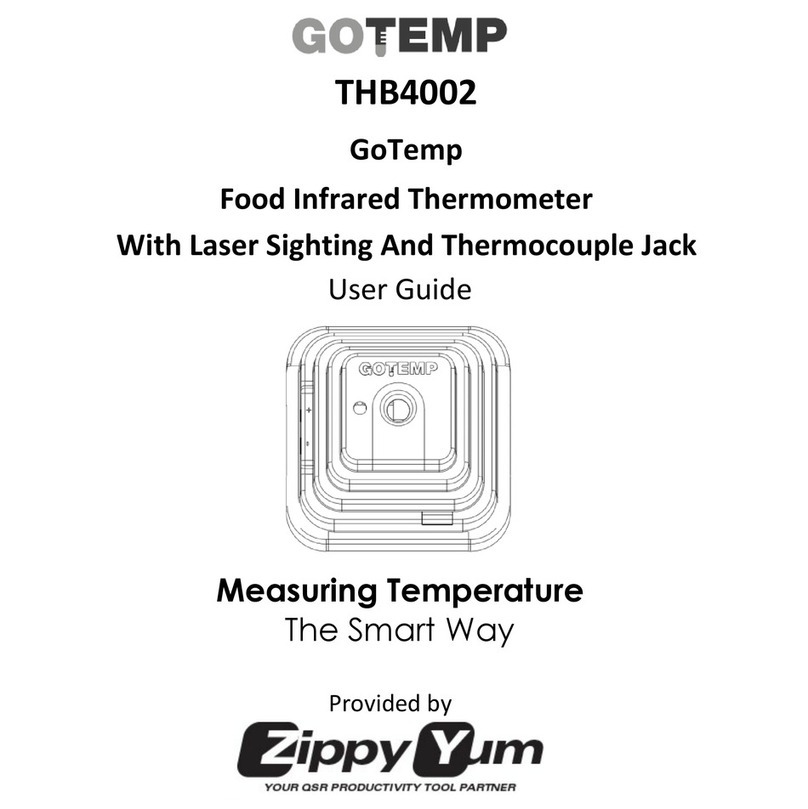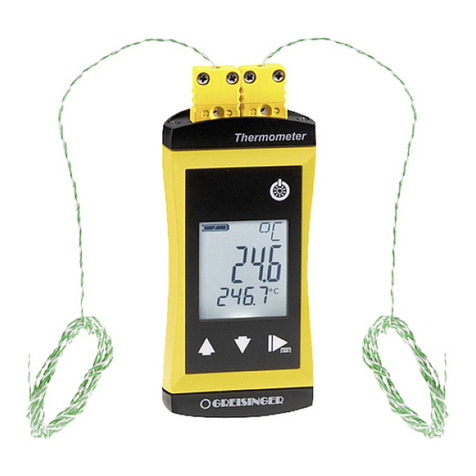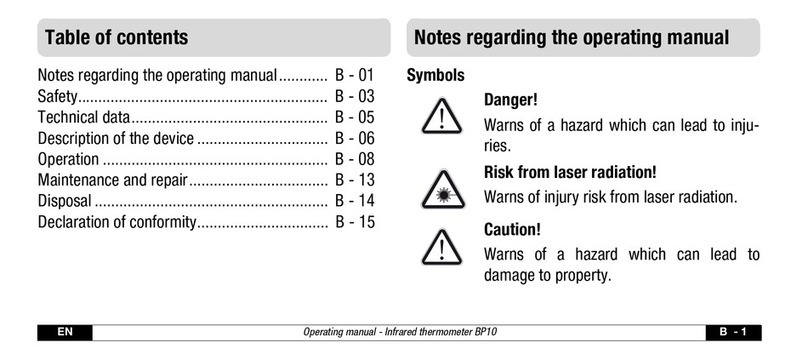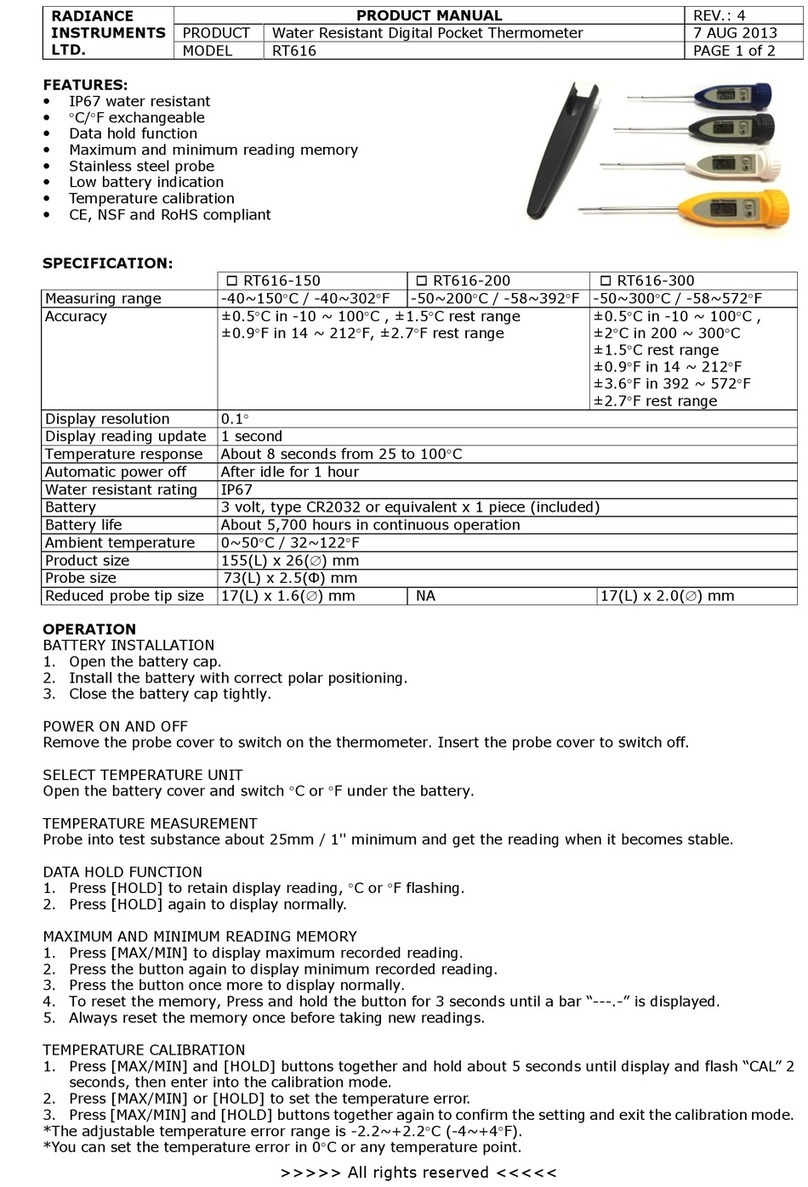Table of Contents
Important Notice ---- Warning........................................................................................... 2
1 Introduction................................................................................................................. 3
1.1 Main Application ................................................................................................ 3
1.2 Main Features...................................................................................................... 3
2 Specifications .............................................................................................................. 5
2.1 Specifications ...................................................................................................... 5
2.2 Probe Types ........................................................................................................ 5
3 User Interface ............................................................................................................. 6
4 General Operations .................................................................................................... 7
4.1 Connecting the probes......................................................................................... 7
4.2 Instrument connection with AC power ............................................................... 7
4.3 Instrument front panel display and touchpad. ..................................................... 7
4.4 Selecting Units .................................................................................................... 9
4.5 Selecting Sensors/Probes and Adjusting Parameters .......................................... 9
5 Instrument Calibration And Accuracy Adjustments ................................................. 17
5.1 100 Ω calibration .............................................................................................. 18
5.2 25 Ω calibration ................................................................................................ 20
5.3 Reset the measurement/calibration switch after calibration ........................... 23
6 Wireless Data Acquisition......................................................................................... 24
7 Using a Flash Drive
(
U disk
)
for Data Acquisition............................................... 30
8 Using the USB Interface for Data Acquisition ......................................................... 35
9 Appendix: Installation of USB Driver....................................................................... 39
Please read the “
Important Notice”
information on the next page before
turning on the instrument!
